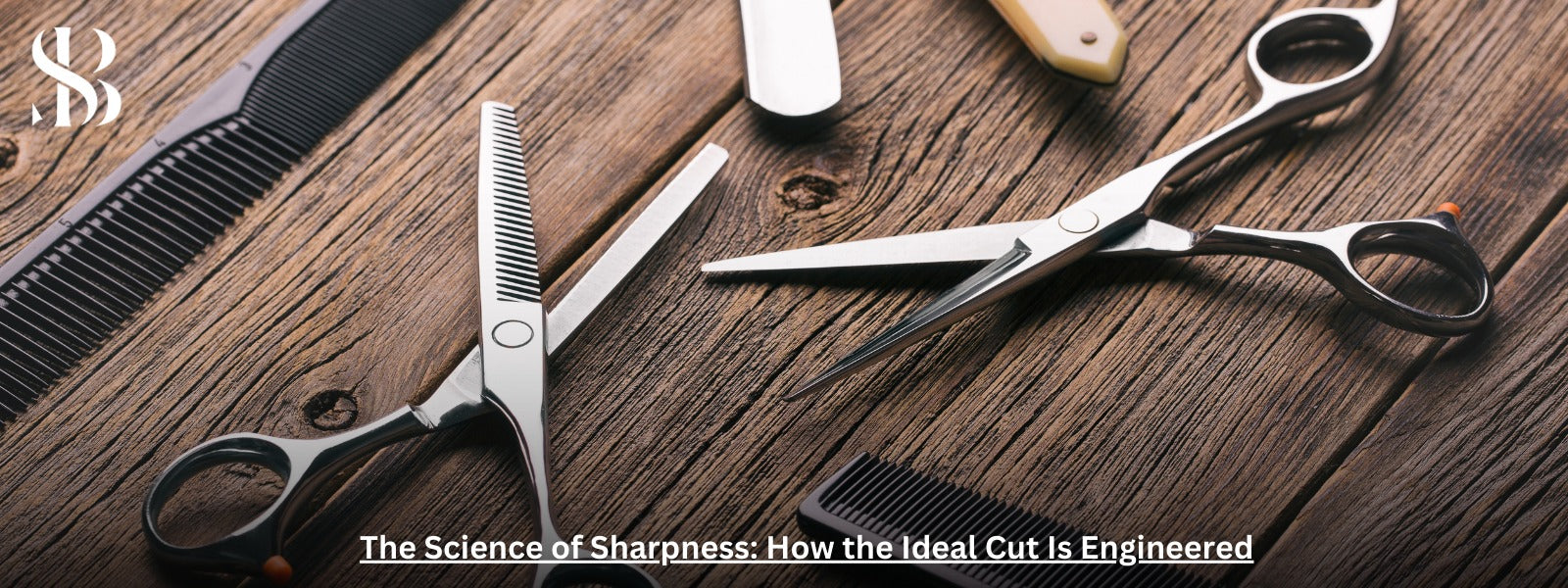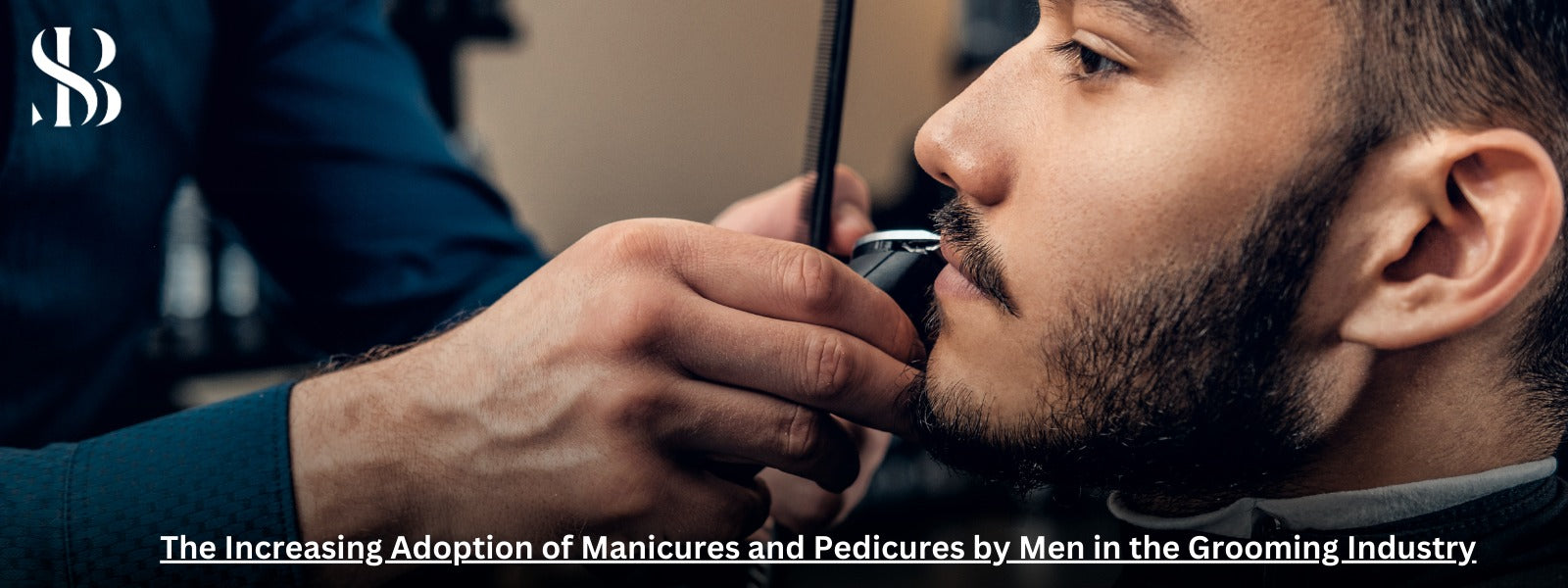Artículo: The Science of Sharpness: How the Ideal Cut Is Engineered

The Science of Sharpness: How the Ideal Cut Is Engineered
The Science of Sharpness: How the Ideal Cut Is Engineered
Chapter 1: The Adventure Begins
Once upon a time, ifn the bustling center of Solingen, Germany, popularly referred to as the "City of Blades," a little boy named Lukas Müller grew up surrounded by the buzz of machinery and the spark of grinding wheels. His ancestors had been producing some of the sharpest knives in the world for many generations. Lukas was enthralled with the process at an early age, having witnessed his father and grandparents turn raw steel into precise instruments. He had no idea that he would elevate the family business to previously unheard-of levels.

The Science of Sharpness in Chapter Two
Lukas's interest in the science of sharpness intensified as he got older. He enrolled in the materials science and engineering program at the University of Aachen. There, he studied the crystalline structures and characteristics that made certain materials better for blades, delving into the tiny realm of metals. He found that the ideal cut required the harmony of three elements: heat treatment, material composition, and edge geometry.
Edge Geometry: A blade's edge's form and angle are very important. Although a tighter angle allows the blade to cut through materials more easily, it also increases the risk of damage. Engineers like Lukas had to establish a compromise between razor-sharp edges and durability.
Material Composition: Advanced alloys, ceramics, and high-carbon stainless steel each had special advantages. Lukas started using high-carbon steel, which is renowned for its sharpness and ability to hold an edge.
Heat Treatment: A blade's heat treatment is what gives it its strength. The metal's internal structure realigns by rapid heating and cooling, improving its toughness and hardness. Lukas tried to develop this method as an art form.

Chapter 3: Getting the Feeling Right
After gaining greater information, Lukas returned to Solingen and joined the family workshop. At first, Hans Müller, his father, wasn't sure about the contemporary methods Lukas suggested. Solingen was deeply steeped in tradition, and the ancient methods were respected and trusted. However, Hans understood his son’s desire and enabled him to experiment.
Lukas used the workshop space to build up a small lab. He started by conducting tests on several steel alloys and carefully documenting the outcomes of each experiment. He examined the blades' edges under an electron microscope to learn how the metal's grain structure was impacted by each stage of heat treatment.
He invented cryogenic treatment, which involves cooling blades to temperatures below freezing in order to increase their toughness and longevity. This innovative method produced blades that were less likely to chip and maintained their sharpness for longer.

Chapter 4: The Ideal Razor
Lukas created a knife that was unlike anything his family had ever made after months of experimentation. He created a blade with an extremely sharp and durable edge by combining his sophisticated heat treatment method with precision grinding.
Lukas also used coating technologies to improve durability and lower friction, such as diamond-like carbon and titanium nitride. Both home cooks and professional chefs like this blade because of its longer lifespan and better cut thanks to these coatings.

Chapter 5: Acknowledgment and Originality
News of Lukas' ground-breaking blades immediately circulated. Chefs praised Müller knives for their extraordinary durability and sharpness, drawing customers from all around the world. The Müller family workshop developed into a vibrant hive of innovation, merging traditional craftsmanship with cutting-edge technology.
Lukas continued after that. He pushed the frontiers of what was conceivable by working with scientists and engineers to investigate novel materials like super alloys and nonmaterial’s. He created exact edges using laser cutting technology, producing nearly flawless blade shapes suited to certain cutting jobs.

Chapter 6: A Precision Legacy
Years passed, and Lukas became a known figure in the field of blade manufacture. His unwavering quest for excellence raised his family's company to new heights and created benchmarks for the sector. Blades that were technical marvels created for the ideal cut were the result of combining old talents with new technology.
A new generation of craftsmen was trained by Lukas, and the Müller workshop flourished. His tale became an example of the value of fusing innovation and tradition, demonstrating that the pursuit of the ideal cut required ongoing learning and development.
Epilogue: Sharpness's Future
Lukas’s adventure is far from over. Further advancements in technology could lead to even sharper and more resilient blades. Because of a never-ending quest for perfection, the science of sharpness is still developing. From the operating rooms of state-of-the-art hospitals to the kitchens of Michelin-starred restaurants, the pursuit of the ideal cut continues to be a testament to human inventiveness and the unwavering desire to push the limits of what is conceivable.
CEO
Ali Sabir
All Social Media Accounts of Surgi Beauty
1- Pinterest Username : surgibeautyus@gmail.com
Link https://www.pinterest.com/surgibeauty/
2- Tiktok Username : Surgibeauty
Link https://www.tiktok.com/@surgibeauty?lang=en
3- Youtube channel Username : Surgi Beauty
Link https://www.youtube.com/channel/UC1orYxgjWk5ILJgjQ00mZhA
4- Instagram username : Surgi beauty
Link https://www.instagram.com/surgi_beauty/
Phone number: +92 308 2899887



Dejar un comentario
Este sitio está protegido por hCaptcha y se aplican la Política de privacidad de hCaptcha y los Términos del servicio.